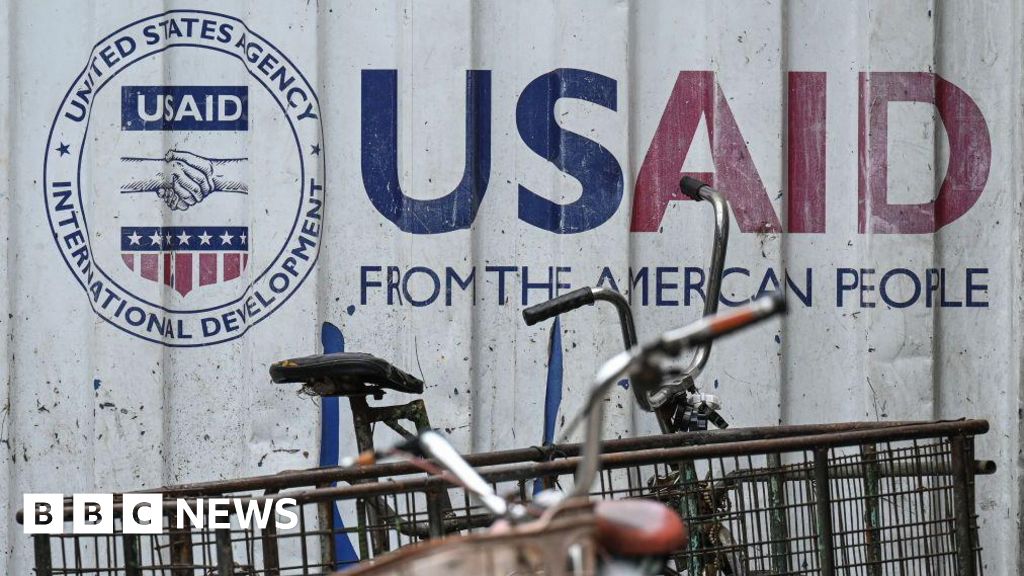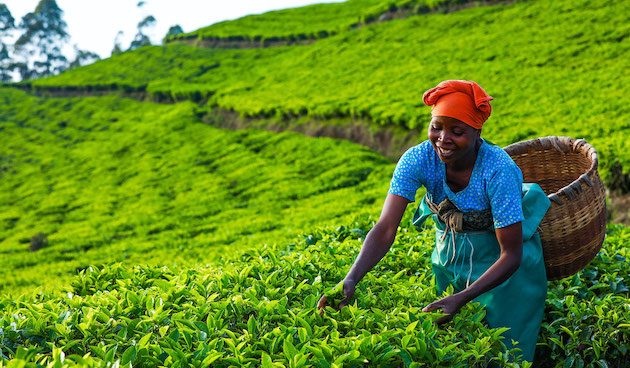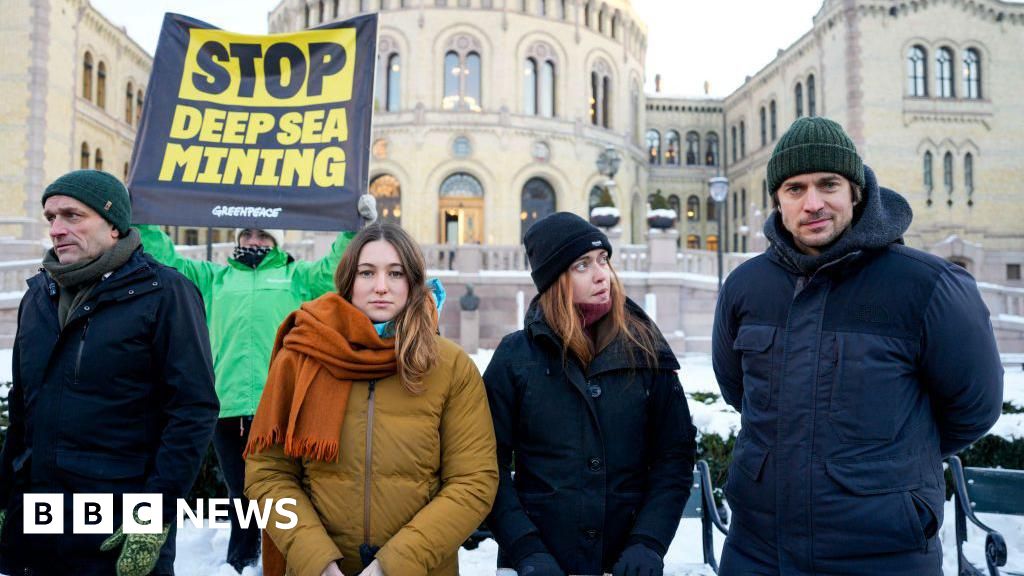What COVID-19 taught us about risk in a complex, inter-connected world — Global Issues
From the mangroves of West Bengal to the vast archipelago that makes up Indonesia, and from the bustling port city of Guayaquil, Ecuador, to the tropical shores of southern Togo, systemic risks from the COVID-19 pandemic have been exposed in stark human terms.
Millions of people who were already struggling to make ends meet, often working in the informal economy in agriculture and surviving below the poverty line, had to contend with a host of new risks that they could not possibly have foreseen.
These included joblessness, debt, civil and domestic violence, children’s education derailed, and opportunities severely diminished. In many locations, women suffered disproportionately due to pre-existing gender biases in society.
Taken together, these human experiences are not just a catalogue of suffering from places in the world that are not often in the headlines. They also bring into sharp focus a very real challenge: how to better understand and manage the cascading, systemic risks that resulted from COVID-19 as it spread across borders.
Life-threatening domino effect
The report, “Rethinking risks in times of COVID-19” shows how, in each of these four locations – part of five field studies carried out in 2021 by the UN University’s Institute for Environment and Human Security (UNU-EHS) and the UN Office for Disaster Risk Reduction (UNDRR) – a clear picture emerges of a domino effect, resulting from the outbreak of COVID-19, that rippled across societies far beyond the immediate effects of the pandemic itself.
This starkly illustrates that our world is interconnected through systems that come with associated, volatile risks that have revealed, and reinforced, vulnerabilities across society.
In the Ecuadorian port city of Guayaquil, for instance, families already living in overcrowded housing suffered more from stay-at-home orders than those in more favourable living situations.
The city’s health-care system reached a tipping point in a matter of weeks after the first case was detected in February 2020, resulting in a high number of corpses being left unattended in hospitals and care homes, as well as on the streets. The images of bodies accumulating in the streets that circulated in the global media were among the first to show what happened when COVID-19 arrived in densely populated urban areas.
A complex, fragile web
Yet before COVID-19, the interconnectedness of such risks may not have been immediately obvious in our daily lives. Nor was the systemic nature of these risks, meaning how they affected, or can potentially affect, whole societies beyond the initial problem.
For one thing, we have tended to think about systemic risks in relation to what happened as a result of the 2008 financial crash, where the failure of big banks rippled across the global economy, leaving millions out of work and sparking a global economic recession.
Other examples can be seen in how climate change, natural hazards and, more recently, the global consequences of the war in Ukraine have brought home how our world relies on a complex, often fragile, web of interdependent factors that, if destabilized, can have devastating effects on whole societies. For example, Ukraine and Russia are both key global cereal and fertilizer producers. One of the ripple effects of the war can be seen in rising global food prices, resulting in higher costs of living for those who can afford it and pushing those who cannot deeper into food insecurity.
Unsplash/Andrés Medina
Guayaquil, a port city in Ecuador.
Time for a broader perspective
The emergence of COVID-19 has forced a broadening of perspective on systemic risks. The good news is that it has expanded understanding of these risks, and how to address them.
Hazards and shocks can emerge from outside and within the system. Exposure to them can be indirect, meaning that effects can be felt in places that are not directly affected by the hazard — in this case, COVID-19 — but end up being affected as a result of interconnectedness. Finally, the vulnerability of one system can also turn into a hazard or shock for other interdependent systems.
What, then, are the actions that can be taken to improve risk management, given that traditional approaches fall short in more complex settings?
One is to understand how things are connected. The cascading effects originating from COVID-19 made it possible to spot the interconnections that exist in many such systems and to assess whether a system is functioning as intended.
Another is to identify the trade-offs implicit in policy measures: several measures to combat COVID-19, such as school closures, stay-at-home orders or travel restrictions, had widespread effects.
This highlights the need to assess and evaluate possible trade-offs and cascading effects involved in introducing such measures, because they can have unexpected repercussions and can exacerbate existing societal vulnerabilities.
A third action is to focus on processes for systemic recovery while leaving no one behind. The interconnected nature of systems presents an opportunity for positive turning points, by creating positive effects. In the pandemic context, this was made real through the job creation that followed the provision of financial assistance from governments, charities and NGOs, or advances in digitalization following stay-at-home orders.
Today’s interconnected world is an evolving system, and disastrous events are often the results of systemic failures. The report shows that It’s time to develop a deeper understanding of systemic risks, how they trigger other hazards and shocks, often in unpredictable ways.
It also demonstrates that managing these risks needs to be properly embedded in how policymakers, planners, and other stakeholders approach risk management, with the aim of creating more resilient, equitable and prosperous communities and societies around the world.
Check out our Latest News and Follow us at Facebook
Original Source






